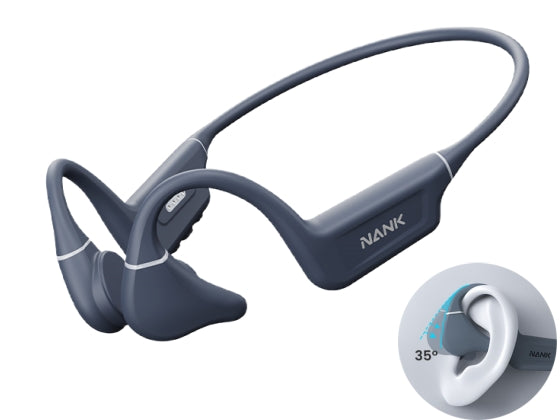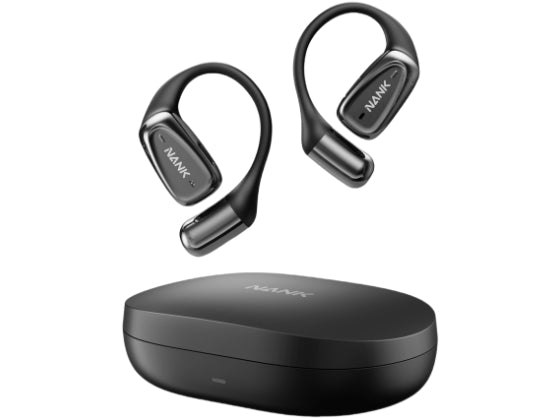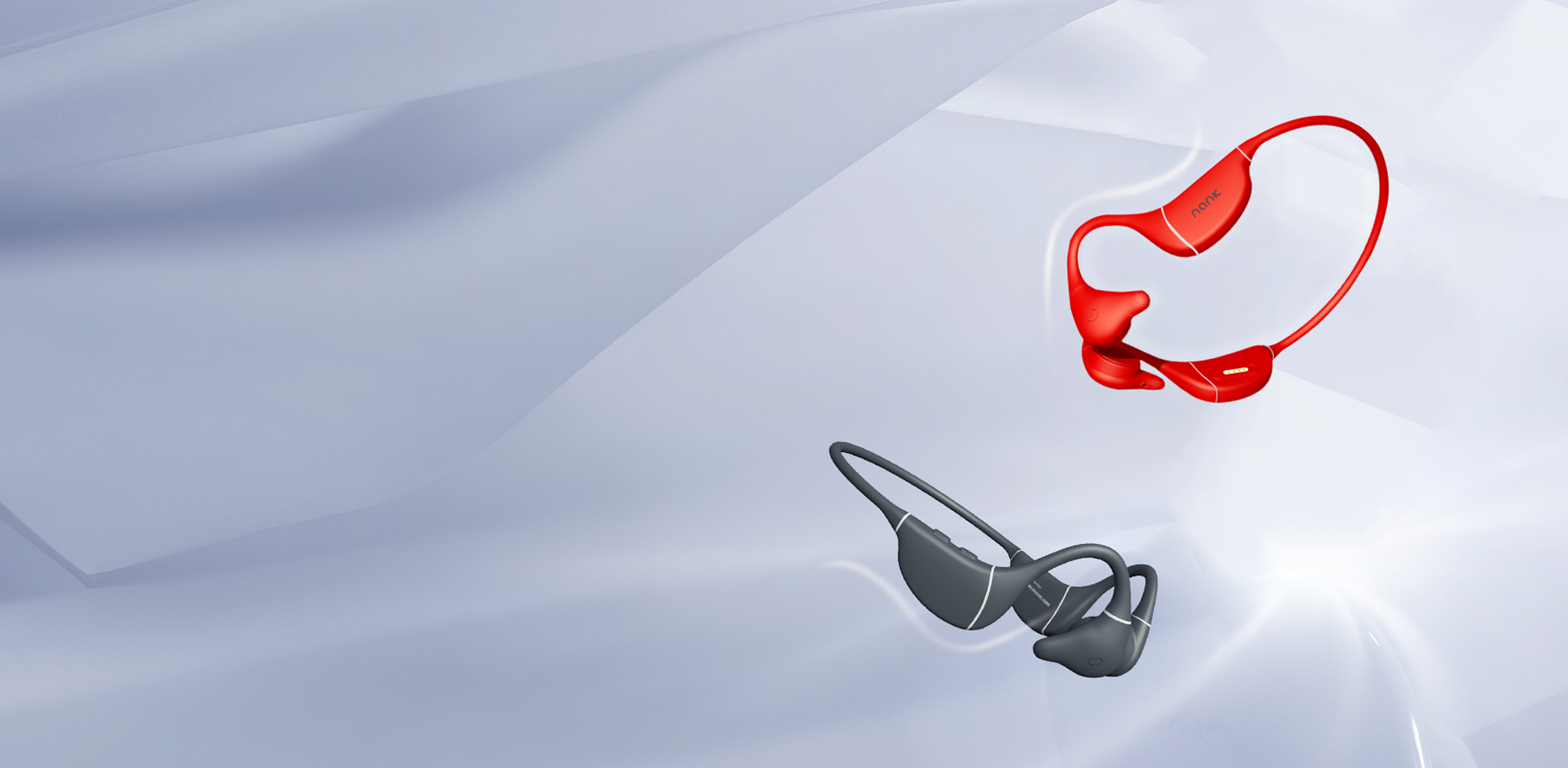Background
In today's daily life and during sports activities, people often choose to wear headphones to accompany them during leisure time. In the early days, traditional in-ear headphones dominated the market. However, in recent years, a new transmission method, bone conduction headphones, has continuously swept the headphone market, gaining popularity among sports enthusiasts. Despite this, some individuals still consider bone conduction headphones as a gimmick. In the following, let me explain some key points about bone conduction headphones, hoping to provide more insight into bone conduction headphones through this article.
Principles of Bone Conduction Headphones
The common methods of sound transmission for headphones are through air vibration and bone conduction. Bone conduction headphones transmit sound through bone structure, using the human body's bones as a medium for sound transmission. In this process, sound waves automatically convert into vibration frequencies, transmitted through skull vibrations to the auditory ossicles, bypassing the eardrum and external ear canal.
Compared to traditional in-ear headphones, bone conduction headphones, with their non-in-ear design, effectively avoid the external ear canal and eardrum. This design protects the hair cells inside the ear canal, minimizing damage during prolonged use.
Advantages of Bone Conduction Headphones
High Safety Factor with Open Design for Outdoor Activities
The new bone conduction sound transmission method allows the ear canal to remain open, enabling awareness of the surrounding environment while listening to music. This open design enhances personal safety by providing timely reactions to unexpected situations.

Ensures Ear Hygiene and Easy Cleaning
Bone conduction headphones transmit sound through bone vibrations, keeping the ear canal open during use. This allows for better air circulation compared to traditional headphones, preventing ear infections. Additionally, the surface of bone conduction headphones is often covered with silicone material, facilitating easy cleaning.

Comfortable for Extended Wear
Most bone conduction headphones feature ear-hook designs, providing a secure fit without causing discomfort or pressure in the ear canal. Users can enjoy extended wear without experiencing ear pain.

Minimal Damage to the Ear Canal
The fundamental difference between bone conduction and traditional headphones lies in the sound transmission principle. Traditional headphones transmit sound through the air, posing a higher risk of ear membrane damage. In contrast, bone conduction headphones minimize damage to the ear canal.

Suitable for a Variety of Sports
Due to their unique wearing style, bone conduction headphones stay securely in place during various physical activities, eliminating concerns about headphones falling off. Moreover, the use of vibrating units for sound transmission allows bone conduction headphones to be used underwater, overcoming the limitations of traditional headphones in water.

Disadvantages of Bone Conduction Headphones
Sound Quality
Due to sound being transmitted through vibration rather than speakers, bone conduction headphones may lack the nuanced sound quality of traditional headphones, especially in the bass range. However, some advanced brands, such as Shokz and Nank, use algorithms or optimized vibration unit structures to enhance bass and overall sound quality.
Impact of Ambient Noise
As open headphones, bone conduction headphones allow users to hear ambient sounds, which can be a disadvantage in noisy environments. External noise may interfere with the listening experience, leading to a subpar experience.
Vibration Experience
The vibration produced by the bone conduction headphones' transducer, which needs to be in close contact with the user's skull, may cause discomfort for users with sensitive nerves, resulting in an itching sensation.
Conclusion:
In conclusion, the discussion above highlights several key points about bone conduction headphones. It is evident that bone conduction headphones are more effective in protecting the ear canal compared to traditional headphones, making them particularly suitable for individuals concerned about ear health. We hope that readers who have completed this article can find bone conduction headphones that suit their preferences soon.
FQA
Q: What improvements has Nank made regarding the drawbacks of bone conduction headphones?








